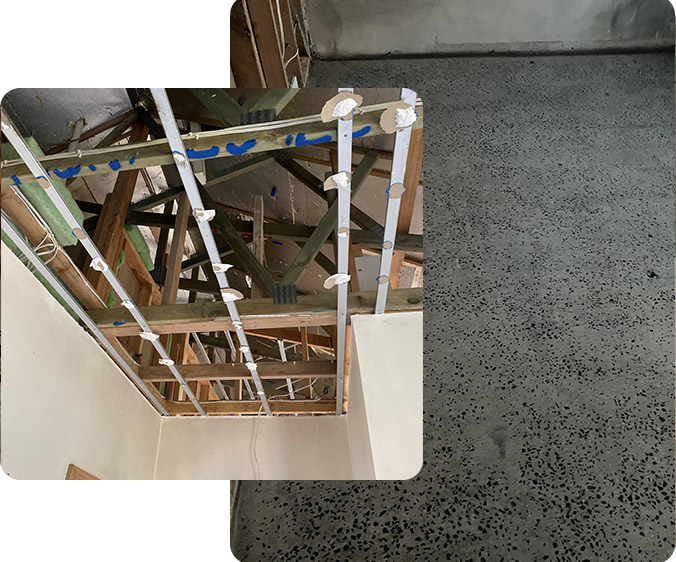We are available 24/7 for all restoration services. Please call us on 1300 677 823.

The subfloor, situated between the ground and the underside of a building’s floorboards, is commonly characterized by dampness and inadequate ventilation. This condition can give rise to various issues, such as the development of mould, musty odours, and structural damage to the building.
Sub Floor Ventilation functions by facilitating a continuous flow of fresh air through the subfloor space, effectively lowering moisture levels and averting the accumulation of harmful gases. There exist two primary categories of subfloor ventilation systems: passive and mechanical.
Passive subfloor ventilation relies on natural air movement to aerate the subfloor space. This is typically achieved by installing vents or openings in the building’s walls, floors, or foundation. These vents permit the inflow and outflow of air in the subfloor, contributing to reduced moisture levels and improved air quality.
Conversely, mechanical subfloor ventilation employs fans or other mechanical devices to actively circulate air throughout the subfloor space. This system may be necessary for buildings with exceptionally damp or poorly ventilated subfloors, or in regions characterized by high humidity or substantial moisture concerns.
Regardless of the approach, subfloor ventilation stands as a crucial element in preserving the overall health and integrity of a building. By enhancing air quality and diminishing moisture levels, it serves to prevent a variety of issues and ensures a secure and comfortable living environment.